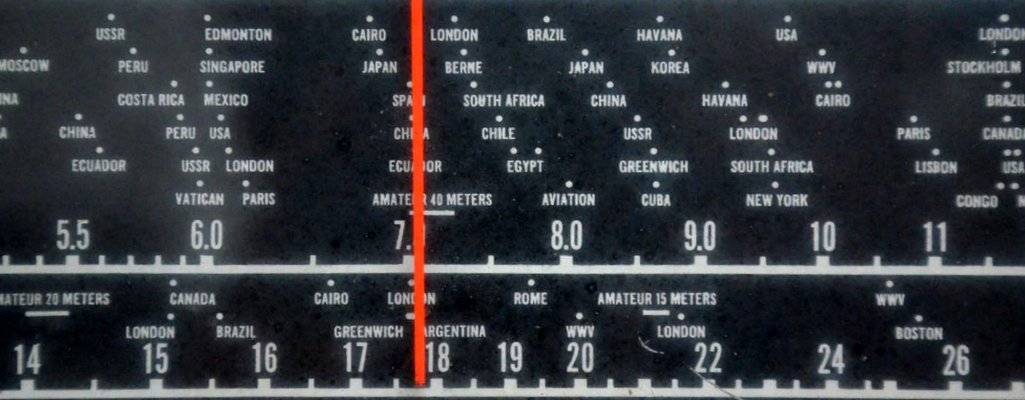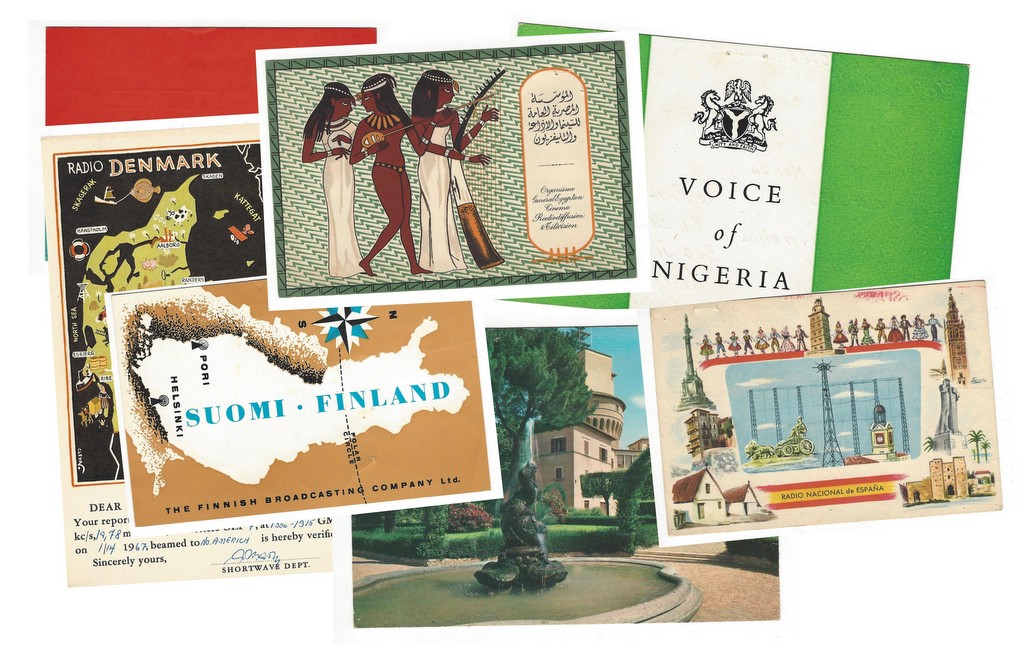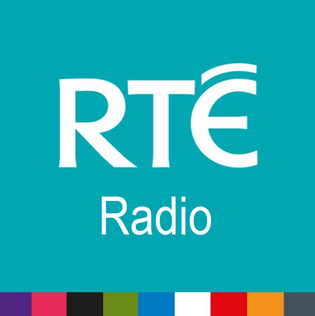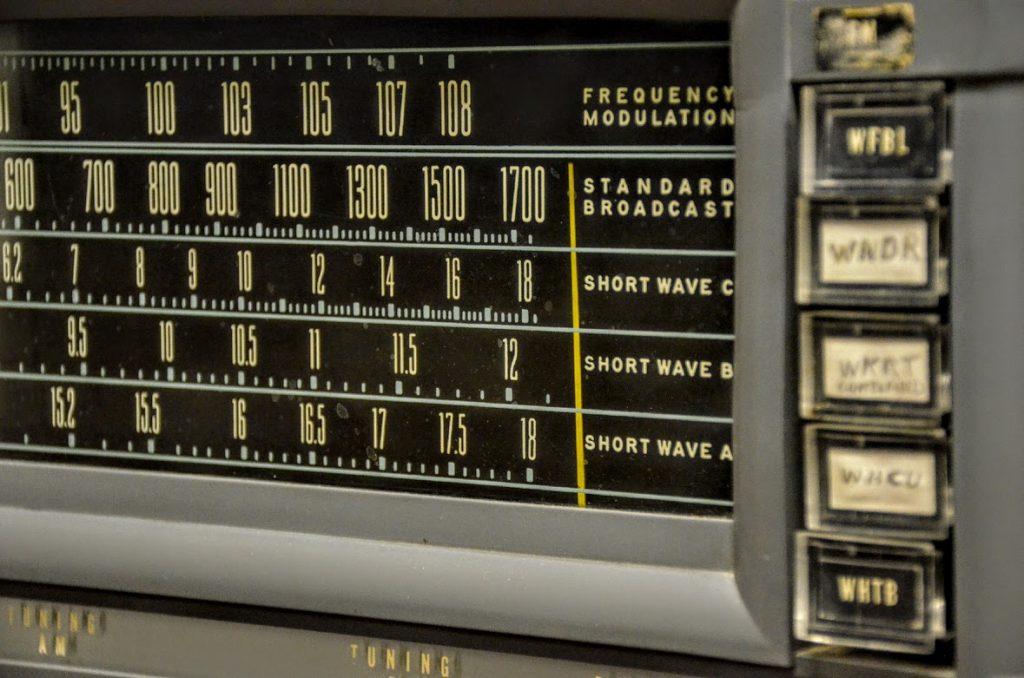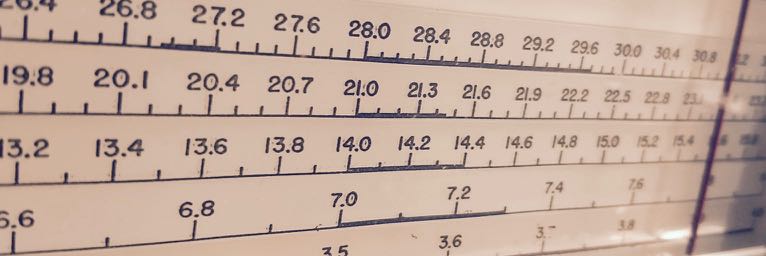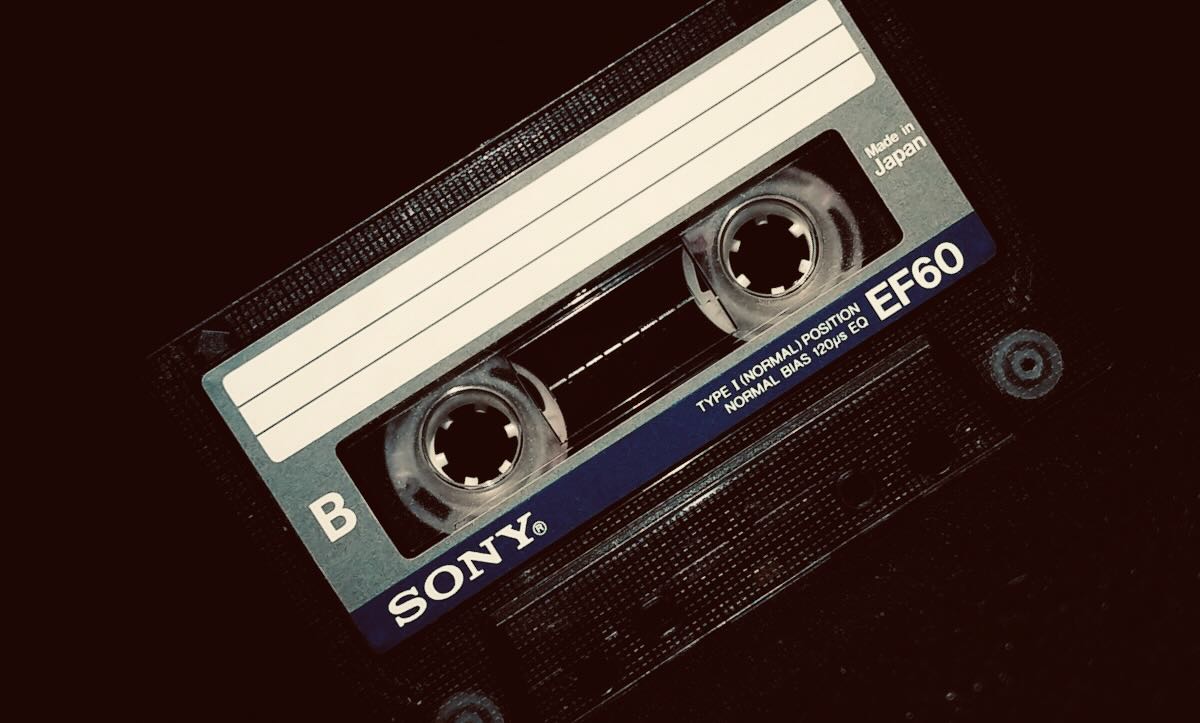 Many thanks to Dan Greenall, one of our dedicated Shortwave Radio Audio Archive contributors, who writes:
Many thanks to Dan Greenall, one of our dedicated Shortwave Radio Audio Archive contributors, who writes:
Hi Thomas
I was going over a few of my old cassettes today and discovered what seems to be an interval signal, but I cannot seem to place it.
Recording:
Unfortunately, all I can tell you is that it was made sometime in 1971.
I’ve done a little checking with Interval Signals Online but no luck so far. The recording is right at the end of a cassette and you can hear the tape run out abruptly, so no ID, language or frequency info is available.
[…]Any ideas about the mystery IS?
73
Readers: If you can help Dan positively identify this interval signal, please comment!

